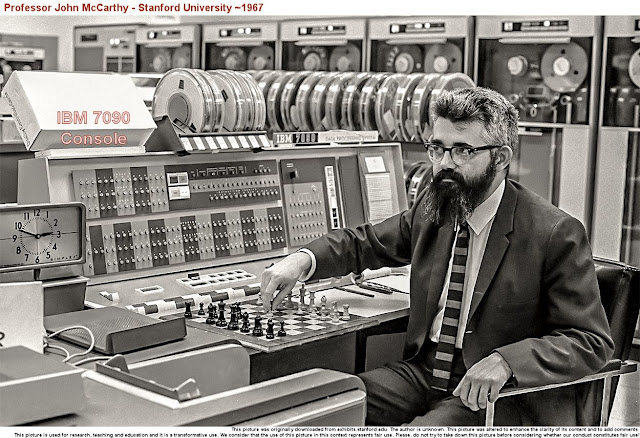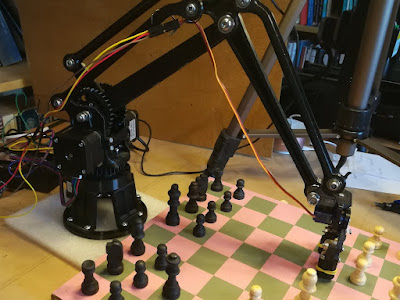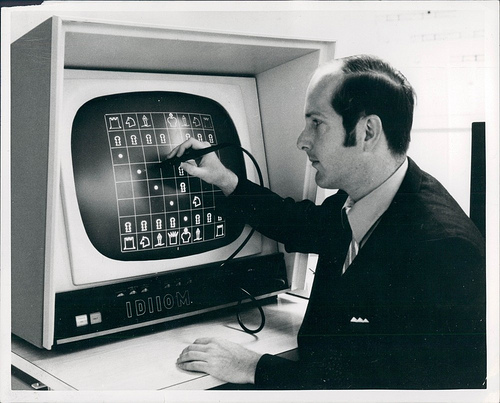Tricky Positions Engines Don't Get Right (At First....)
Chess engines can sometimes miss determining the best line. That is not surprising given the vast number of possible chess lines that exist. A crude estimate of the number of unique chess games is 1x10^120. For comparison, an upper estimate of the number of stars in the Milky Way galaxy is 4*10^11. Chess engines deal with this enormous complexity by discarding potential moves they judge to have little merit quite early in the search process (called "pruning"). In rare cases, they discard too early. In the position shown above (FEN: 8/q2pB3/p2N2r1/p1N5/p1p5/k7/P1P1PPPP/K7 w - - 0 1), my computer running Stockfish chooses the move Nd3 after 4 minutes of evaluation time to a depth of 63. It also judges the position to be a draw with a 0.0 engine score. That is not the correct answer. How do we find the correct move of pawn c2 to c3? MultiPV Analysis Is The First Step Essentially we need to "check" an engine's answer. The first step is to ask Stockfish to give









